Beeswax in Block 50g
2.40 €
In stock
SKU:
MESIVAHA
Categories: Accessories, Bestsellers, Bodycare, Candles, DIY, Estonians producers, Healthcare, Honey, Natural cosmetics, Skin, nails, and hair
Origin: South-Estonia
Be the first to review “Beeswax in Block 50g”
You must be logged in to post a review.





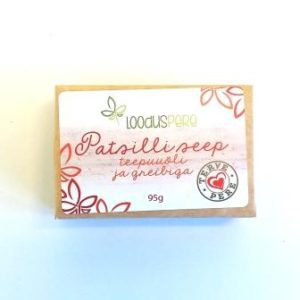
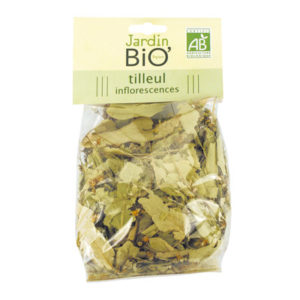
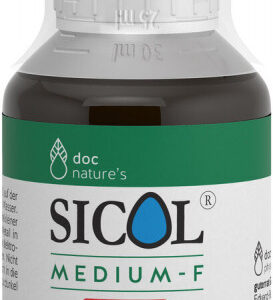
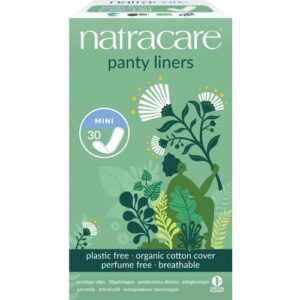
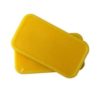
Reviews
There are no reviews yet.